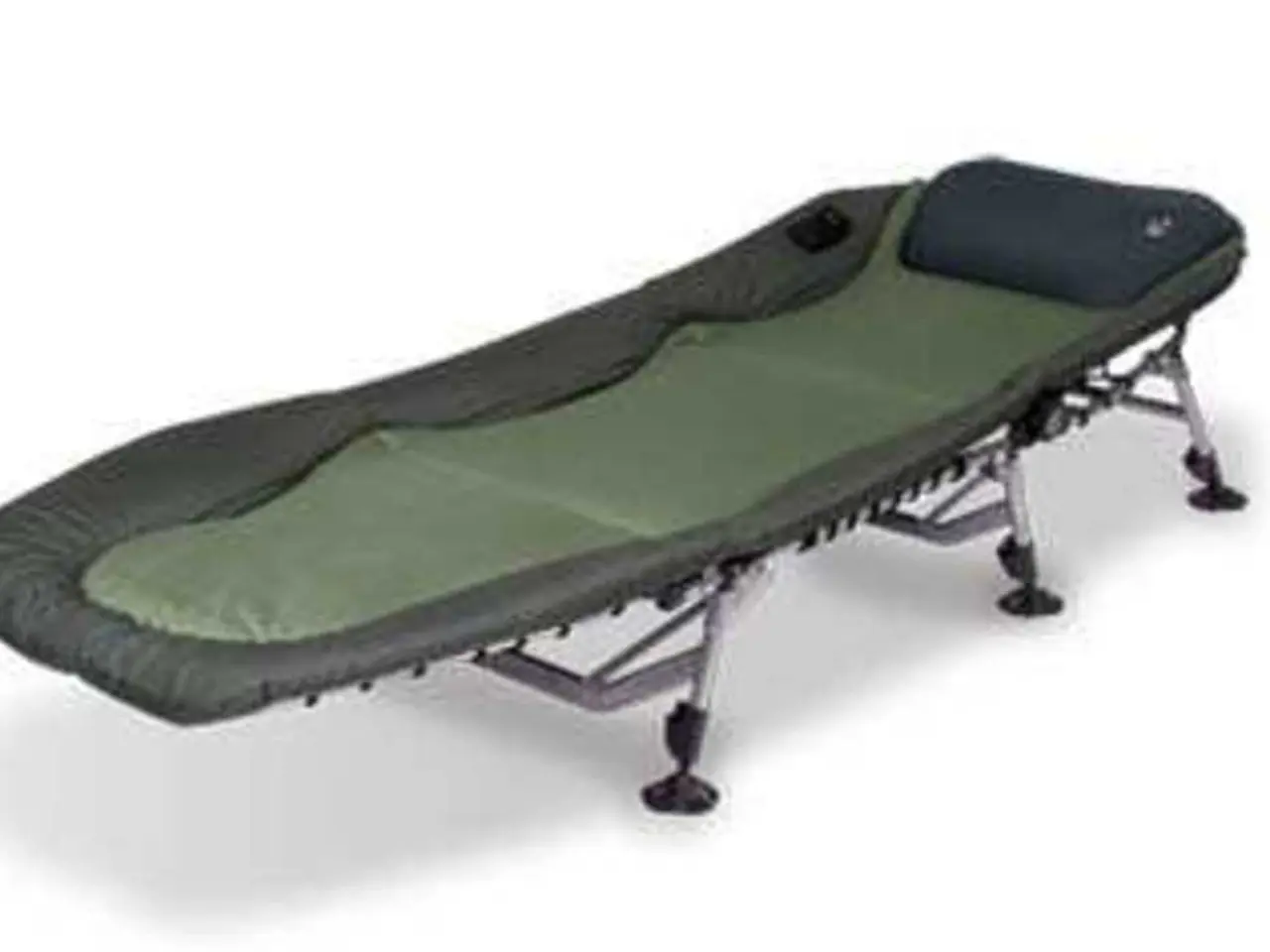Physical Therapist Emphasizes Essential Pelvic Floor Exercises for Both Men and Women
Strengthening the Pelvic Floor: A Comprehensive Approach
Strengthening the pelvic floor is crucial for maintaining good health and well-being. This can be achieved through a combination of pelvic floor exercises, glute exercises, and core exercises. Here's a guide to help you get started.
Pelvic Floor Exercises (Kegels)
To identify the right muscles, try to stop urination midstream or stop passing gas. These muscle contractions target your pelvic floor. To perform the exercise correctly, imagine sitting on a marble and lift (squeeze) the pelvic floor muscles as if you’re lifting the marble, avoiding tightening the abdomen, thighs, or buttocks and breathing normally. Repeat the squeeze and hold for 3-10 seconds, then relax for the same amount of time. Aim for at least three sets per day, gradually progressing from lying down to sitting, standing, and moving positions.
Pelvic floor exercises offer numerous benefits, including strengthening muscles supporting the bladder, intestines, and uterus; improving bladder/bowel control; reducing the risk of incontinence; enhancing sexual health; and improving core stability.
Glute Exercises
Squats are an effective exercise for activating glutes. Stand with feet shoulder-width apart, squat down with chest high, hips dropping low, thighs parallel or lower, then push back up through your feet. Aim for 8-12 reps. Glute bridges, another beneficial exercise, involve lying on your back with knees bent, feet flat, arms at sides, squeezing glutes and lifting hips to form a straight line from shoulders to knees. Repeat 10-15 times.
Glute activation supports pelvic floor function by providing strength and stability to the pelvis.
Core Exercises
Core exercises, such as the dead bug, improve pelvic floor strength by increasing the stability of the abdomen and pelvis, reducing undue stress on pelvic floor muscles.
Benefits of Pelvic Floor Strengthening
Strengthening the pelvic floor offers numerous benefits, including improved bladder and bowel control, enhanced sexual health and pelvic organ support, better core stability, reduced pelvic floor strain, help in preventing or reducing pelvic organ prolapse and incontinence, and improved posture and overall pelvic health.
Tips for Success
Avoid holding your breath during exercises and try to isolate the pelvic floor muscles without flexing other muscles like the abs or thighs. If unsure about muscle engagement or technique, seek guidance from a physical therapist to ensure you’re targeting the correct muscles effectively. Progress exercises gradually and avoid over-challenging the pelvic floor, which can cause symptoms like leaking or urgency during exercise.
Incorporating pelvic floor, glute, and core exercises systematically supports the pelvic floor comprehensively, improving muscle tone, function, and pelvic stability.
- Incorporating core exercises like the dead bug can help increase pelvic floor strength by stabilizing the abdomen and pelvis, thus reducing strain on the pelvic floor muscles.
- Improving mental health is another benefit of focusing on wellness and fitness through a comprehensive approach, which may include strength training, pelvic floor exercises, and core exercises.
- The science behind health-and-wellness and fitness-and-exercise routines emphasizes the importance of activating glutes through exercises like squats and glute bridges, as they offer support to pelvic floor function and stability.
- Effective workout routines, including those focusing on strengthening the pelvic floor, can help maintain overall pelvic health, by promoting better posture, improving bladder and bowel control, enhancing sexual health, and reducing the risk of incontinence and pelvic organ prolapse.




